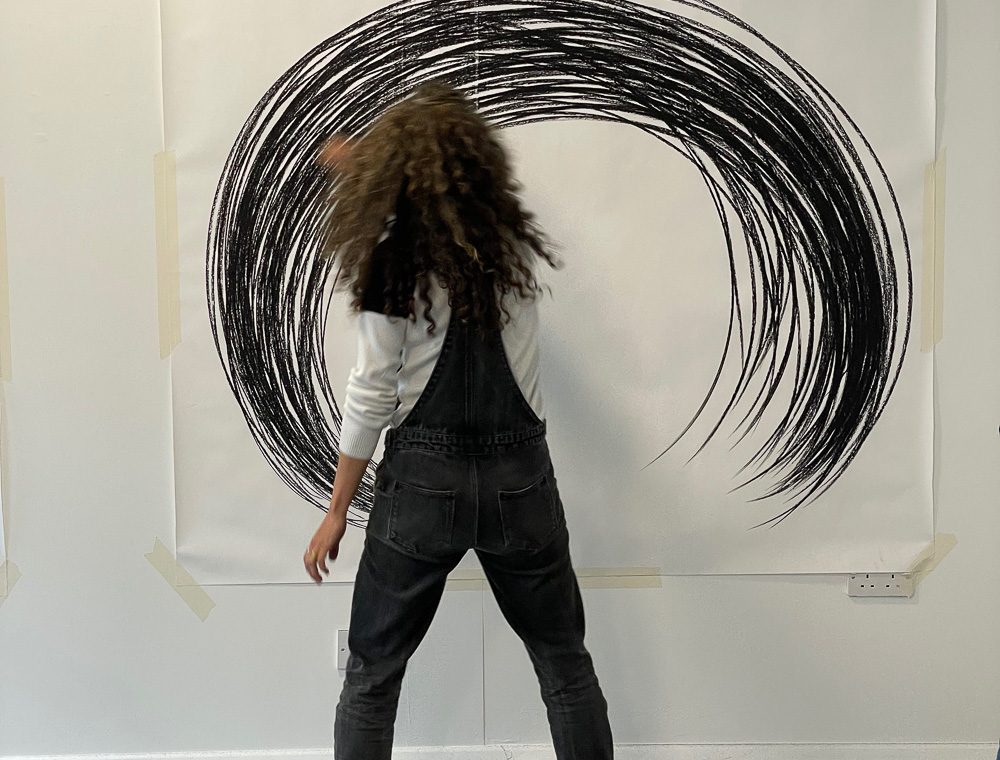Toxic Waves I. Harvesting empathy and coping with ecological grief through drawing
Year: 2021
Medium: Digital Performance
Dimensions: Variable
Location: CCA, Brighton, UK. Tuesday, 28 Sep 2021, 4.00 – 5.30pm (BST)
Toxic Waves I is an online participatory drawing performance that took place in September 2021 at Brighton CCA. Participants were invited to draw waves on large pieces of paper in their own homes, using just pencils and the movement of their body. To create a hypnotic rhythm while drawing during those 10 minutes, I used the sound of a musical metronome with 272 beats. These beats represented the 272 lost lives, including the one of mother and her unborn child, at a copper mine disaster in Brumadinho, Brazil, in January 2019.
These waves evoke the movement of the earth when the dam’s mine collapsed, creating a huge wave of 12 million cubic metres of tailings that went downhill travelling at 120 km/h in the pristine natural area of Minas Gerais. It took everything with it: the forest, the mine’s loading station, its administrative area and the cafeteria where many workers were having their lunch. 272 lives in total were lost.
The performance is part of my research project investigating extractive industries like mining and ecofeminism. In it, I’m using drawing and sculpture to explore the question of whether art-making, through thinking while drawing, modelling or moving, can activate our empathy about events happening miles away from us. Can it urge us to act?
One of the most surprising outcomes from the performance was the idea of collective grieving. The space it created allowed for participants not only to grasp the scale of the disaster and experience it deeply within their bodies, but also to grieve, together, online.
Something that started from my own personal need to digest the injustices of this brutal world we live in, to process humanity’s tragic histories of abuse, exploitation and inequality, found its place in academia at the University of Brighton. Research like this, that includes other ways of thinking – like art processes, embodied thinking or grieving – helps expand the toolbox for how we address justice, and ultimately shift cultural consciousness.
This project was part of Arabel Lebrusan’s Research Fellowship at the Centre for Spatial, Environmental and Cultural Politics at the University of Brighton.
Click on the link below for the Centre’s blog:
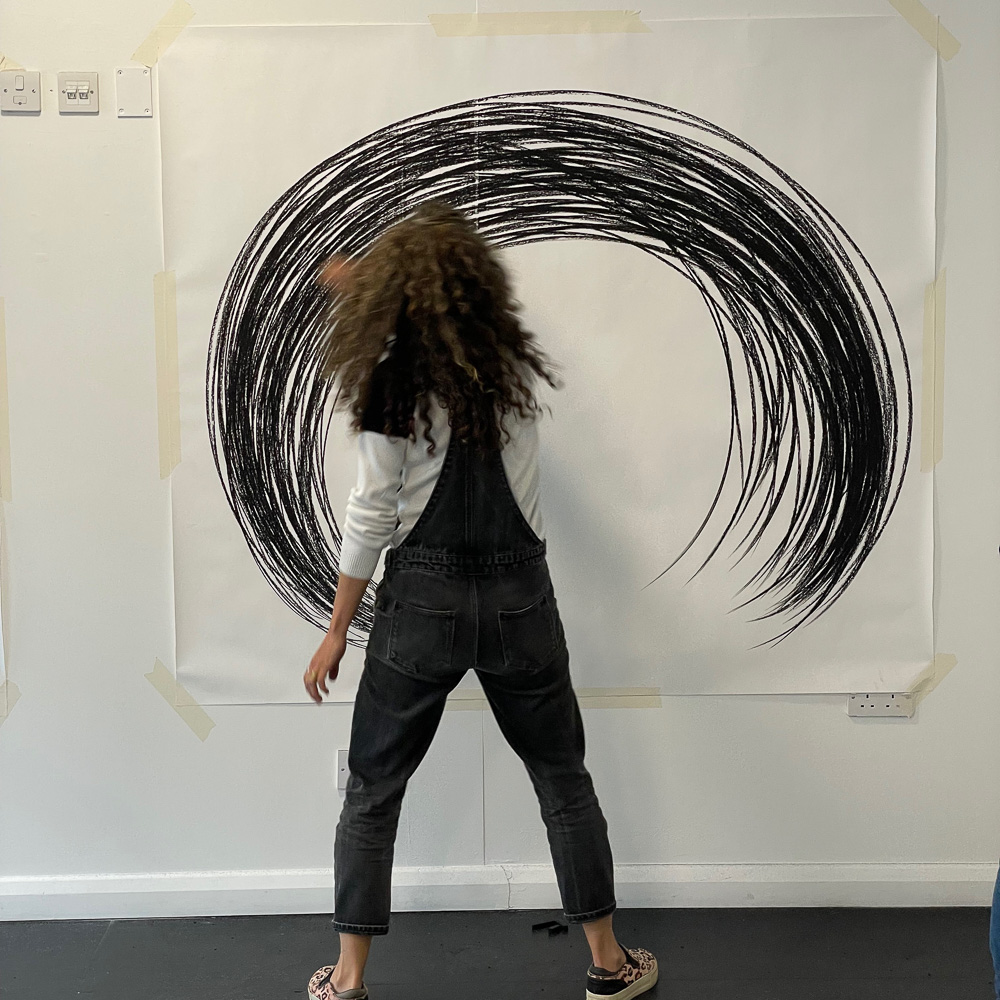
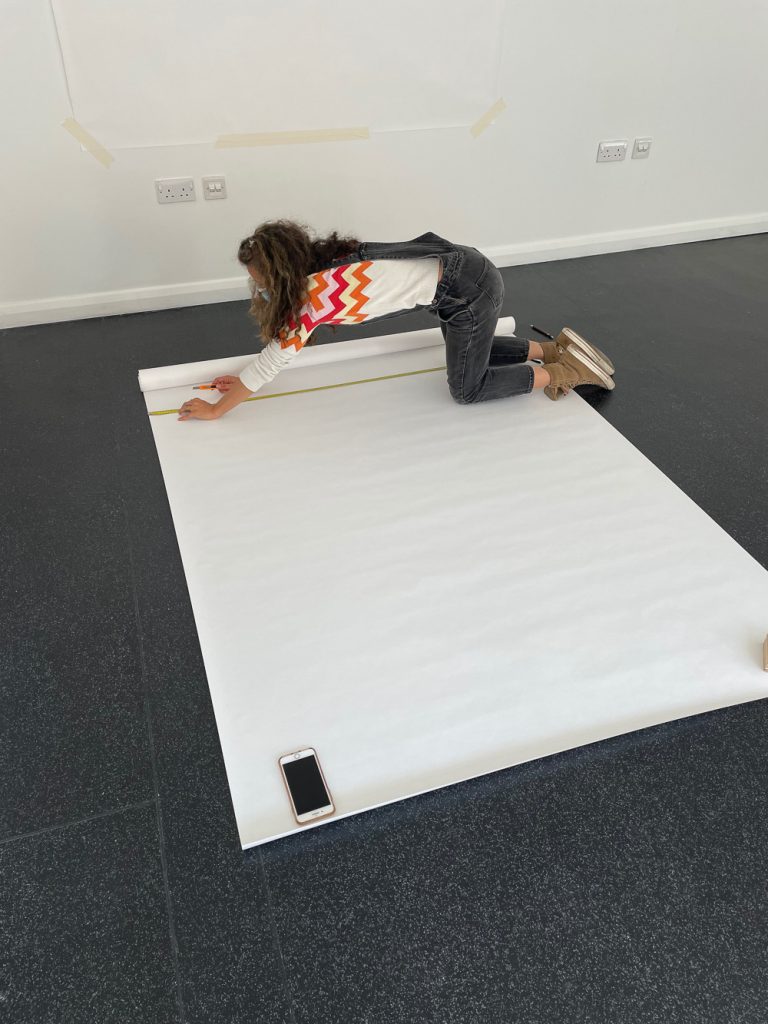
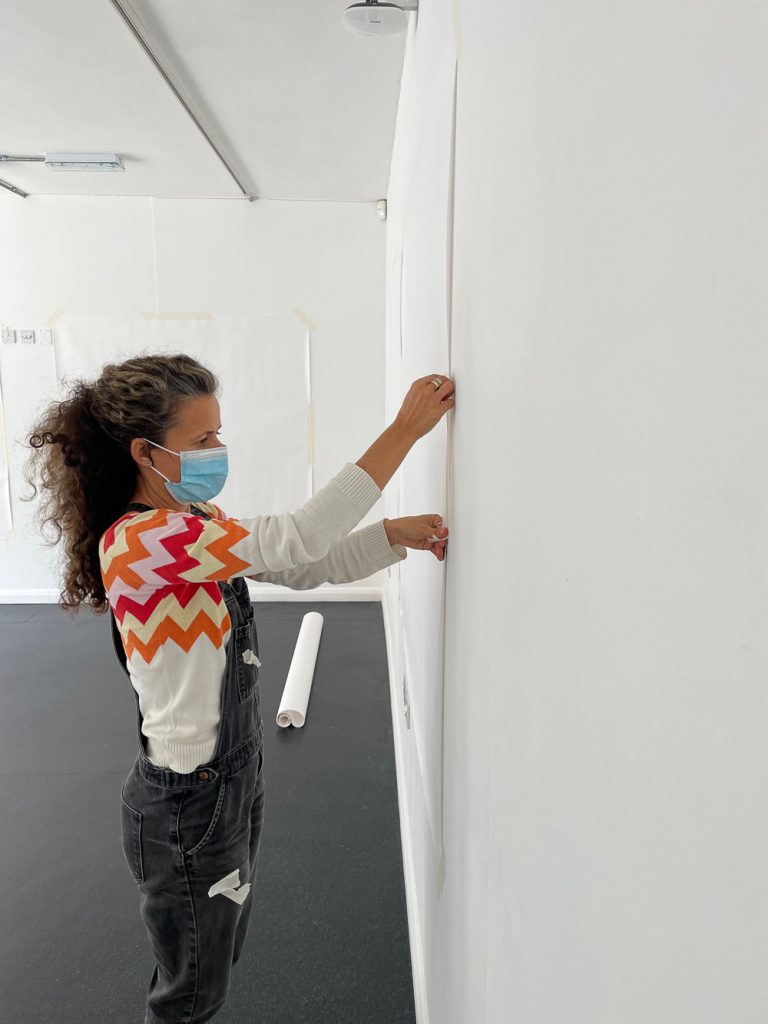
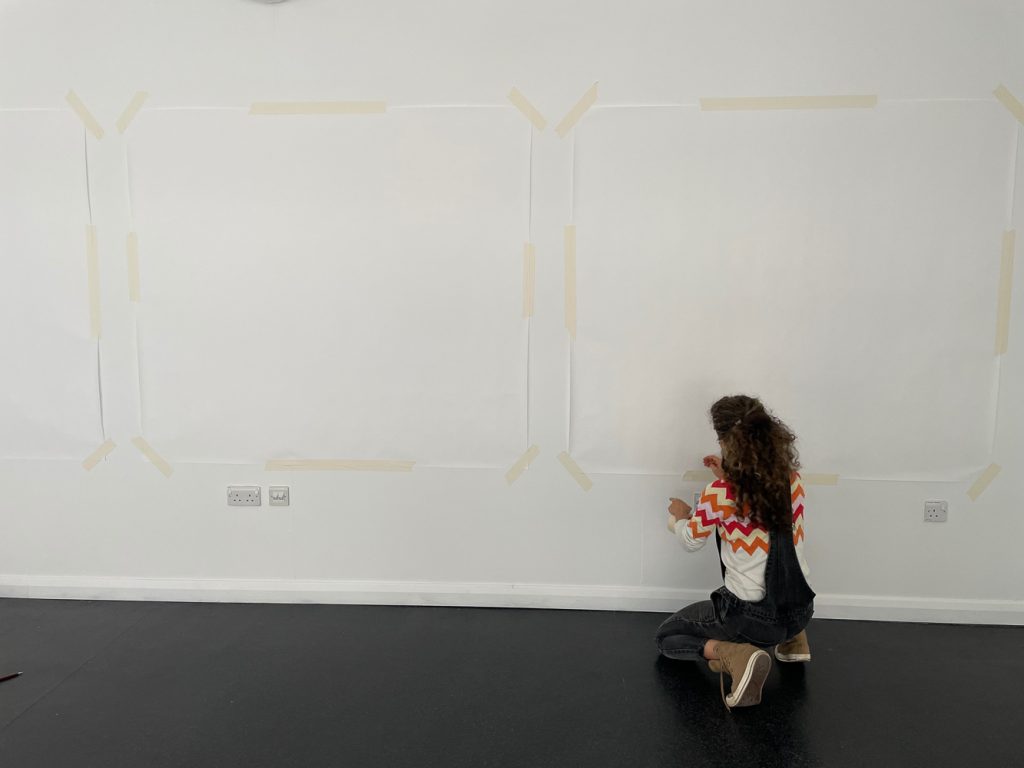
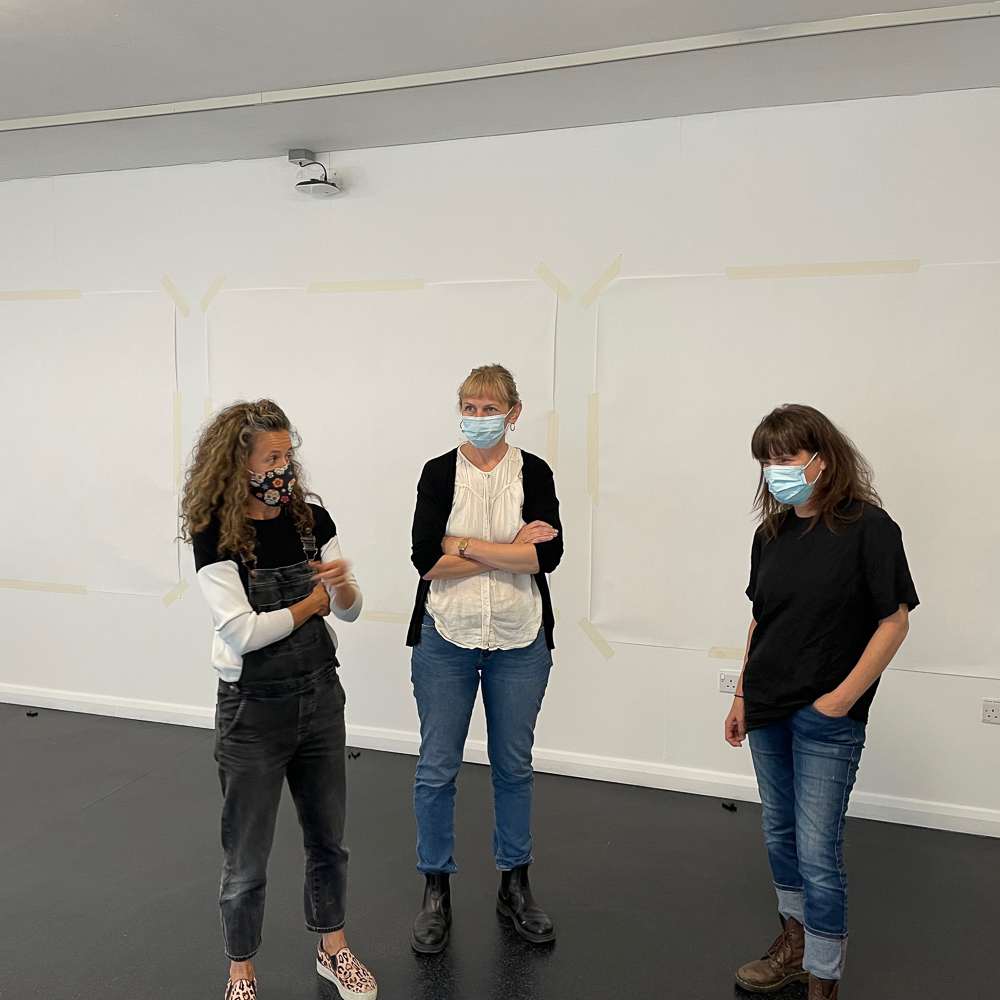
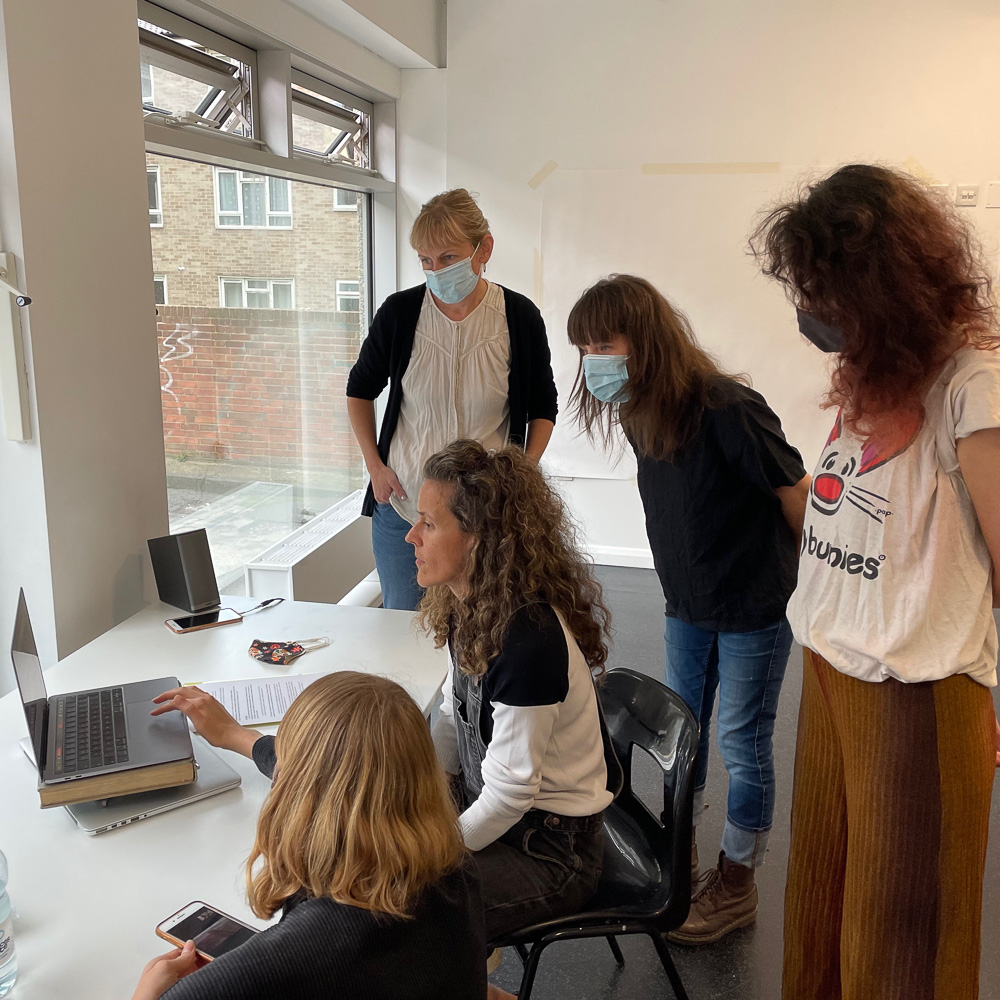
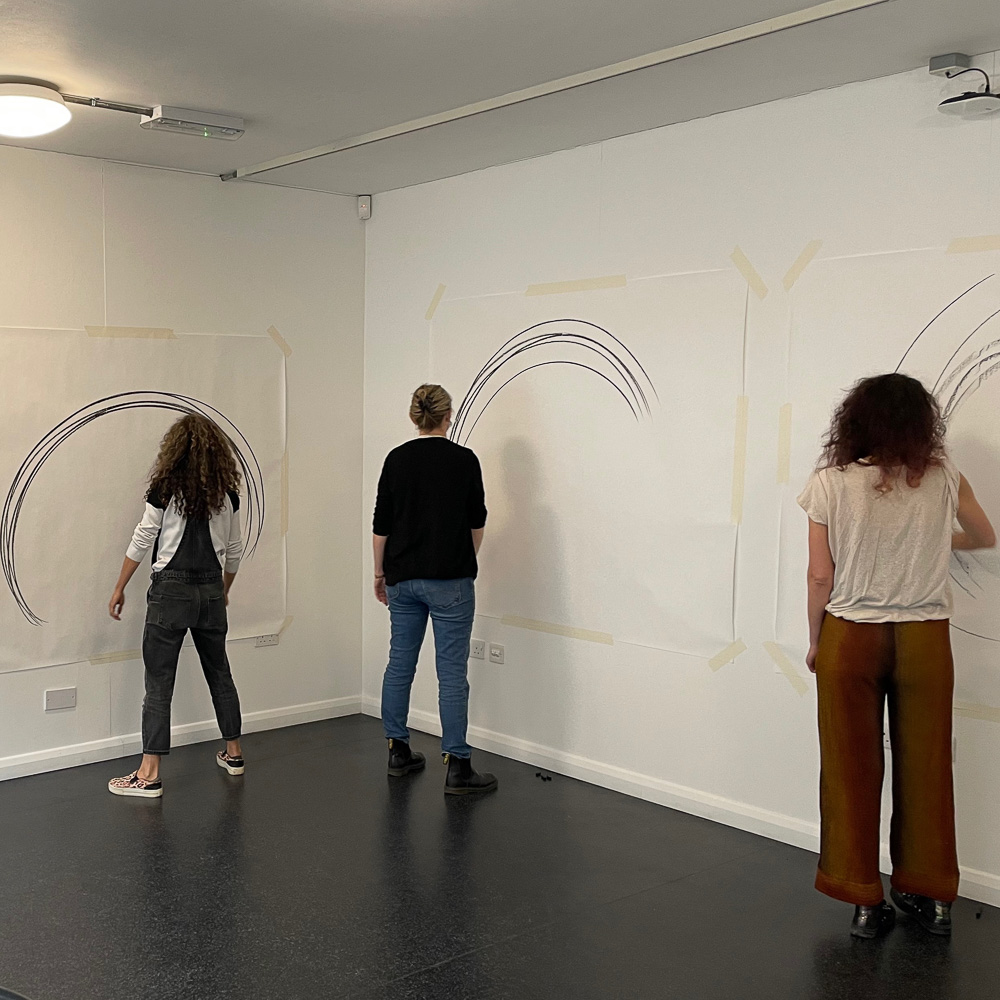
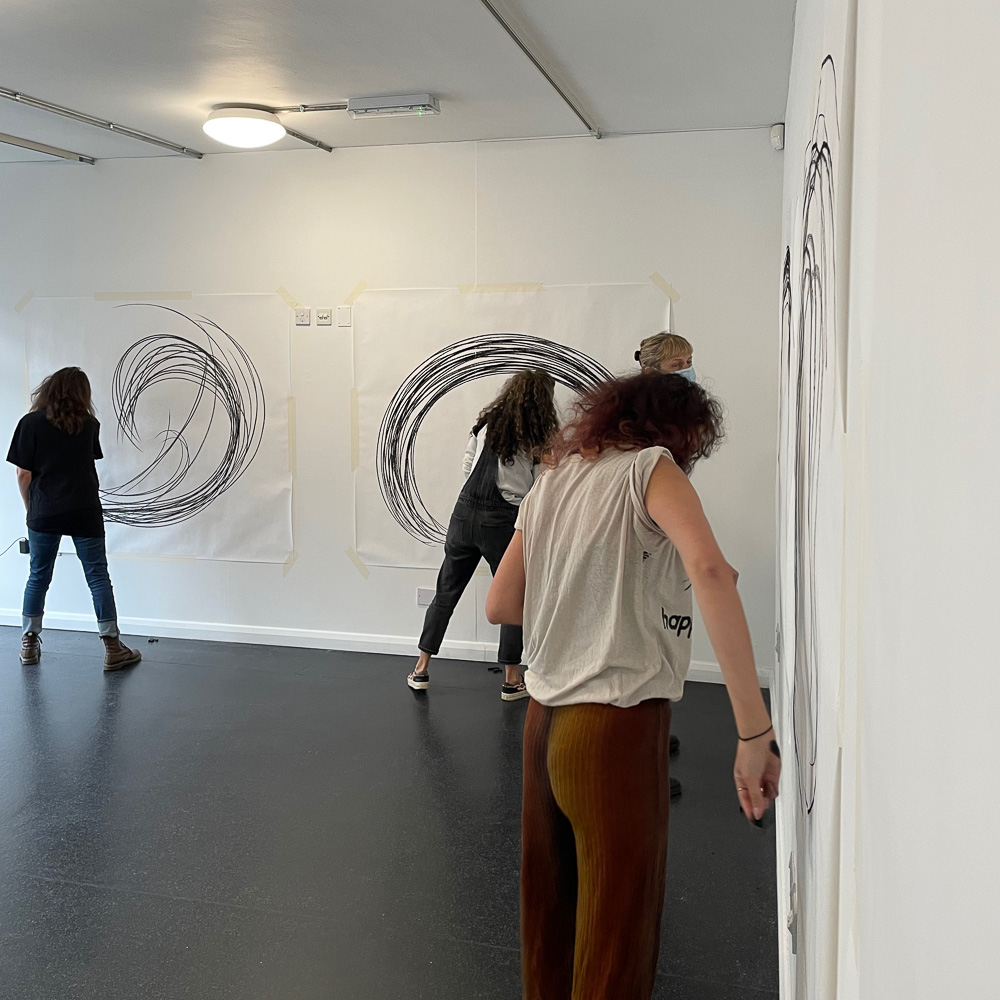
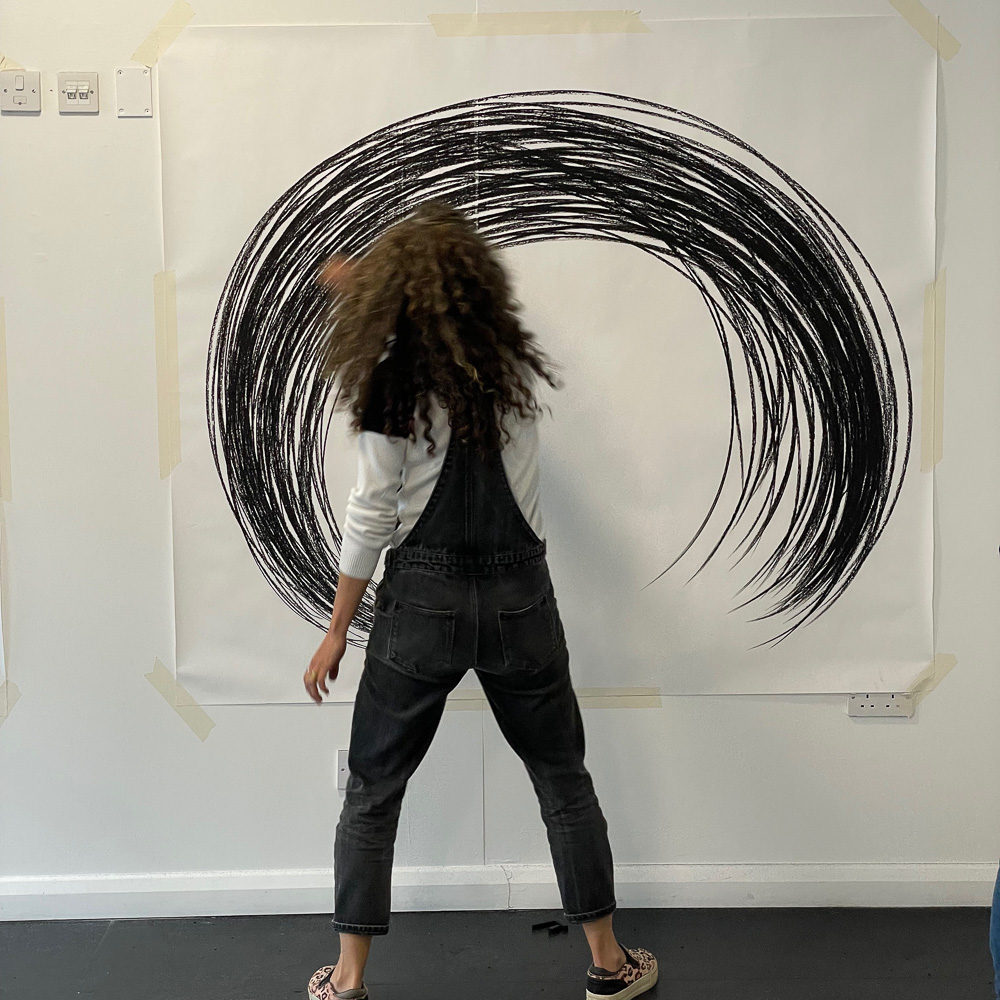
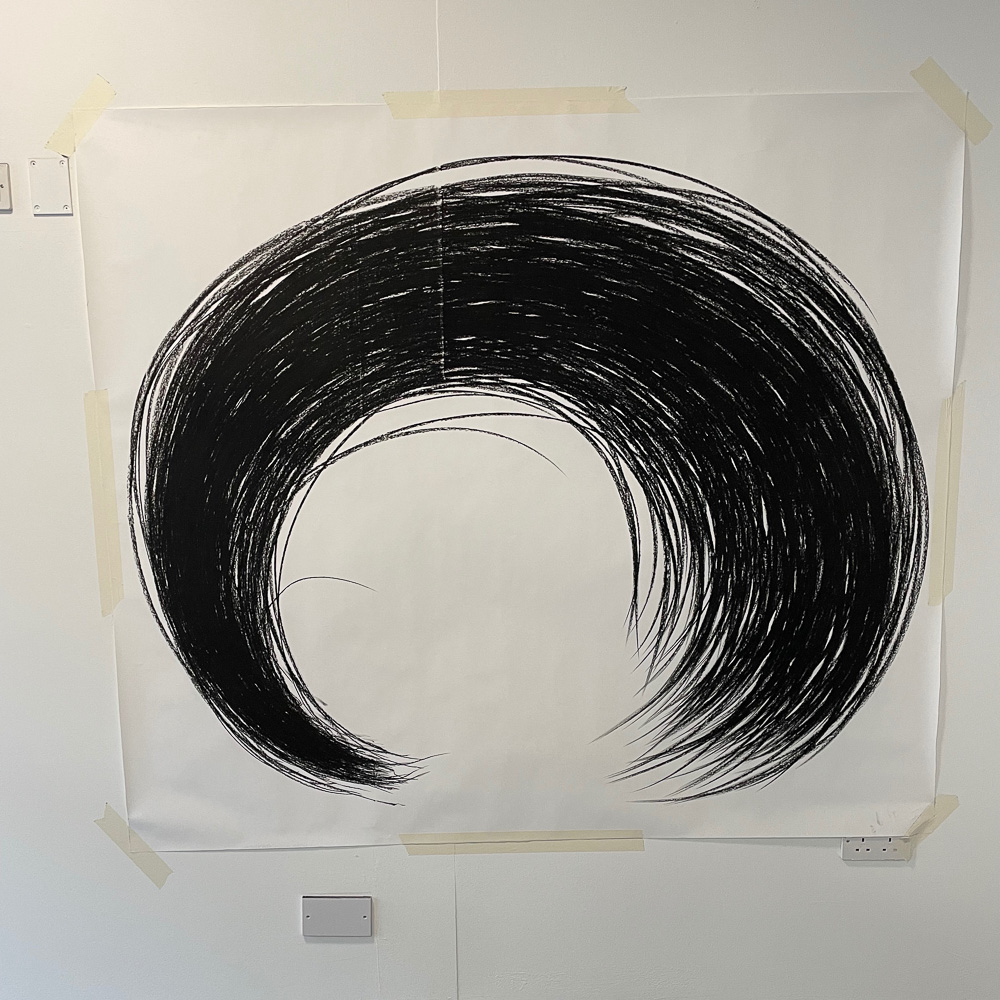
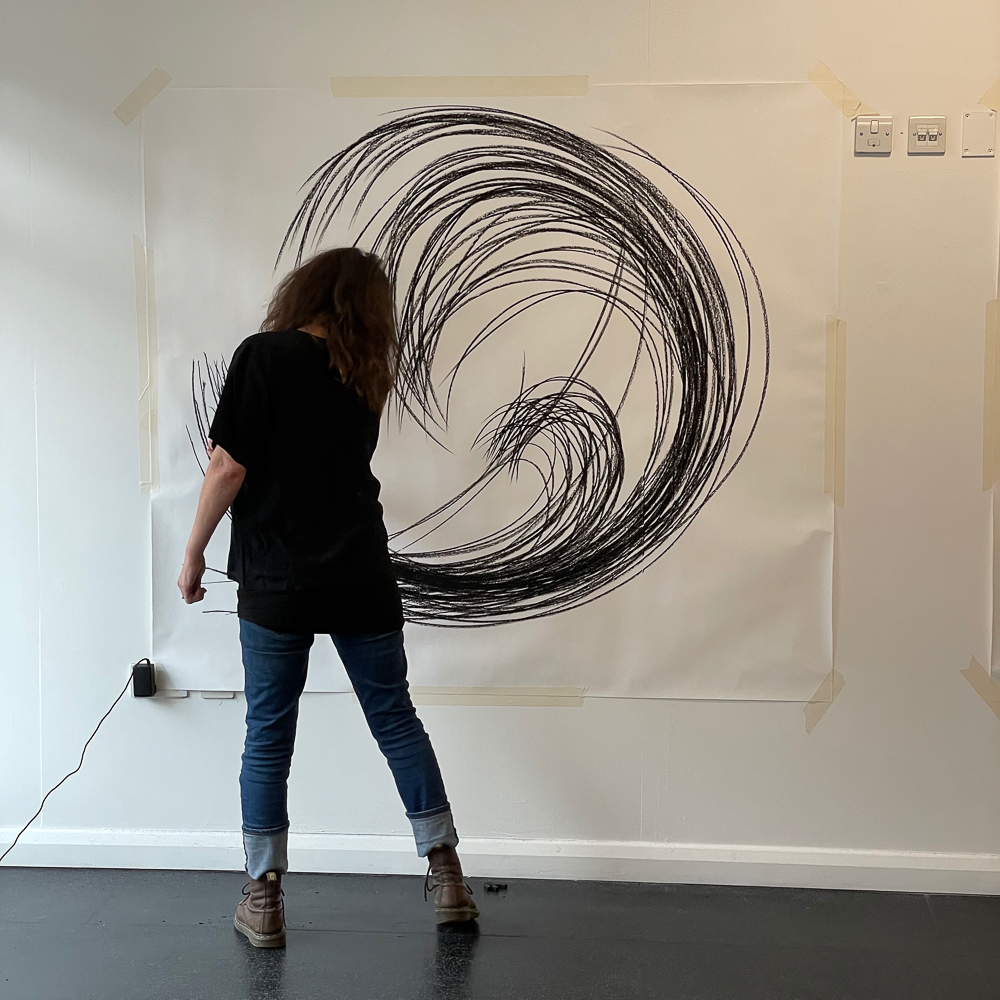
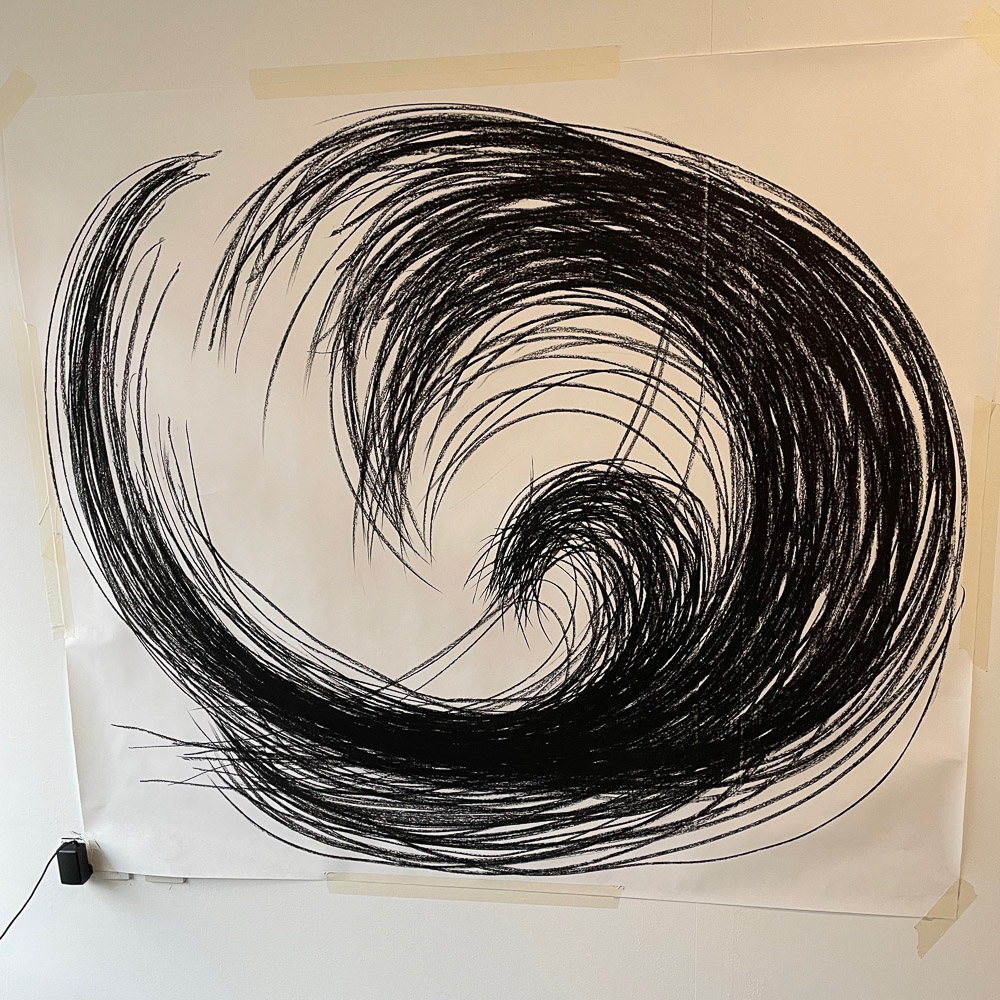
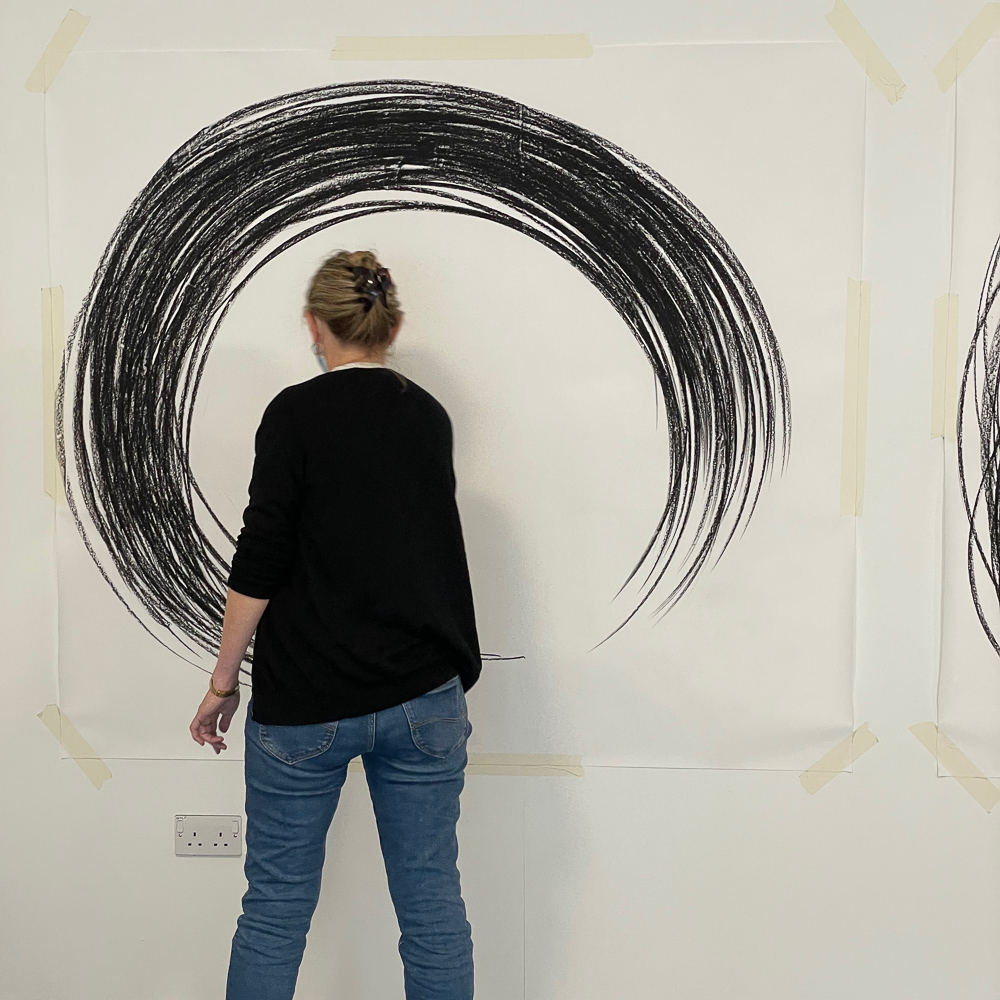
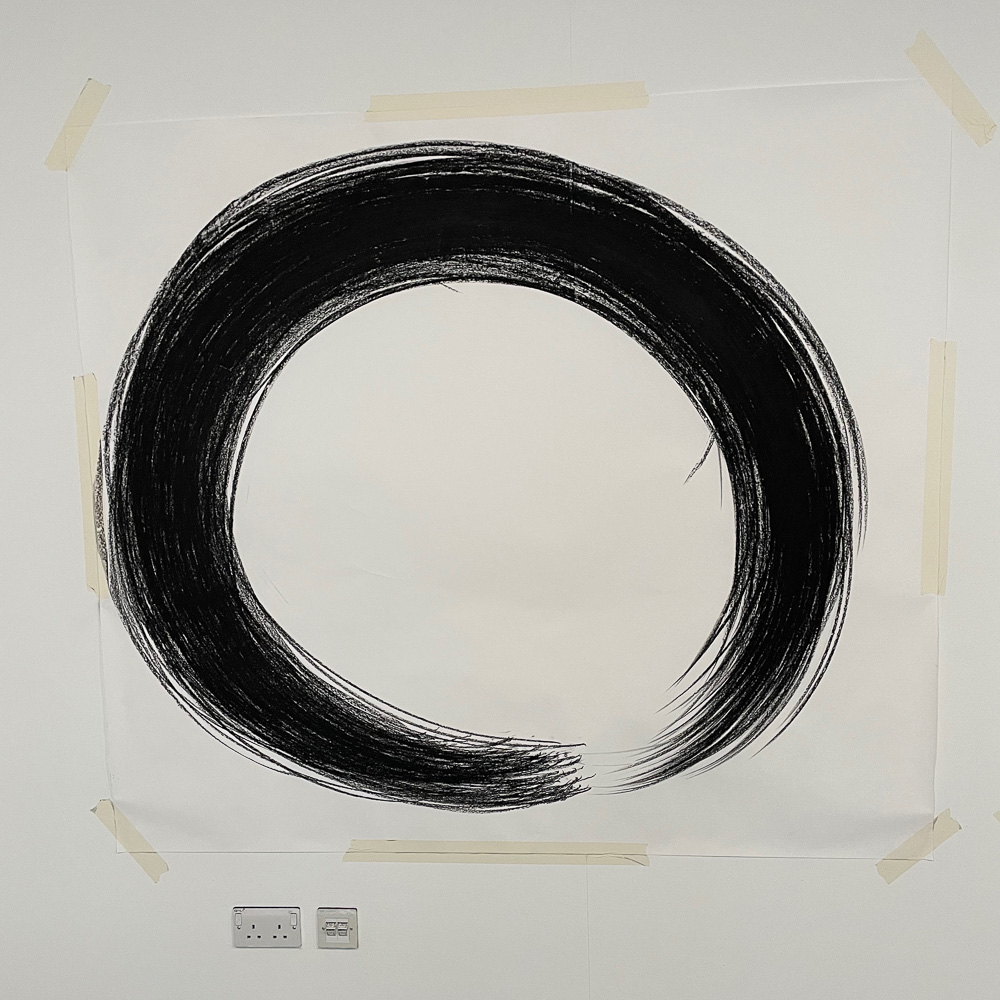
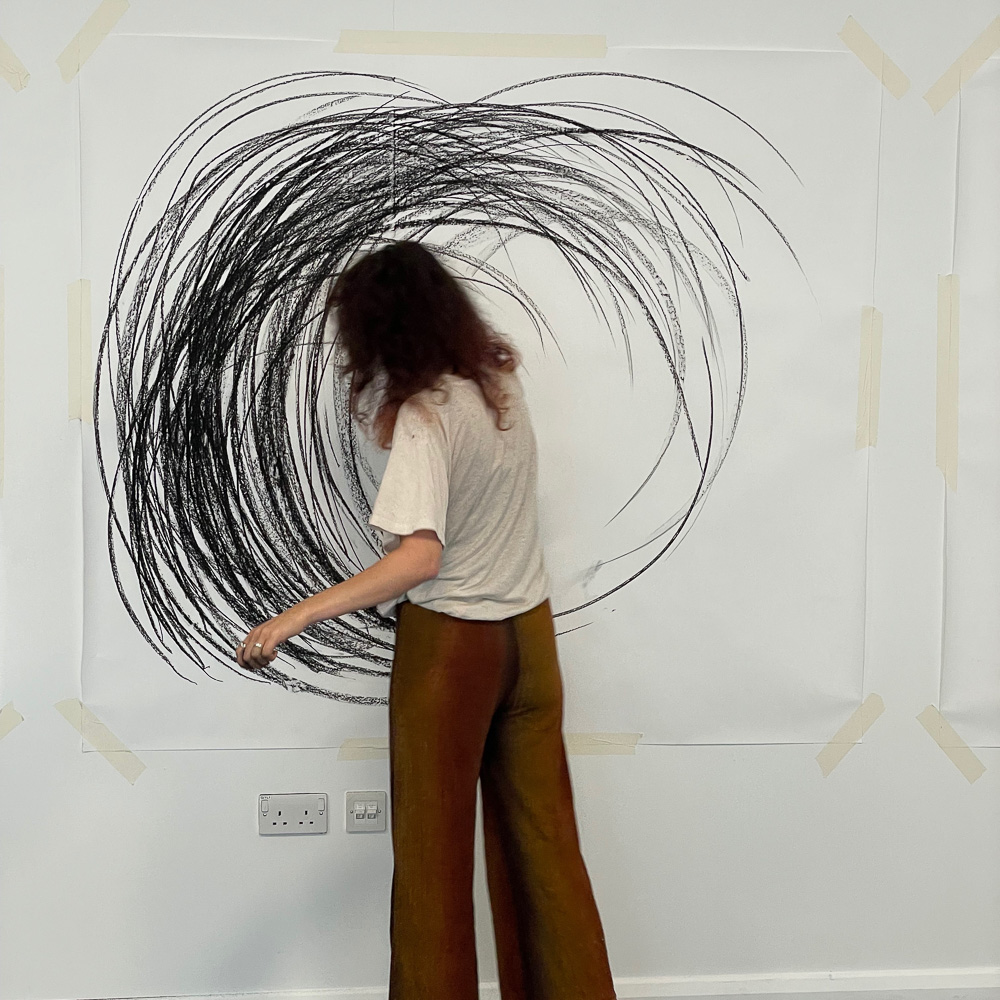
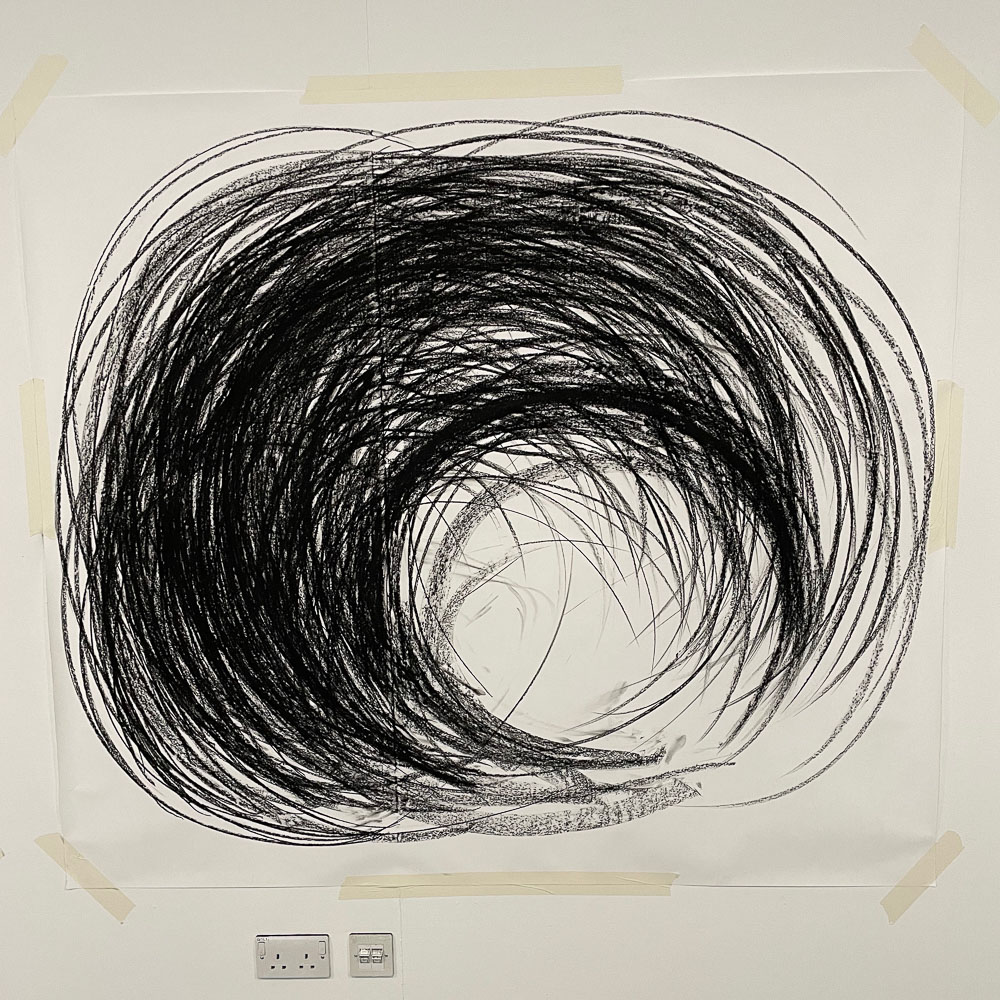
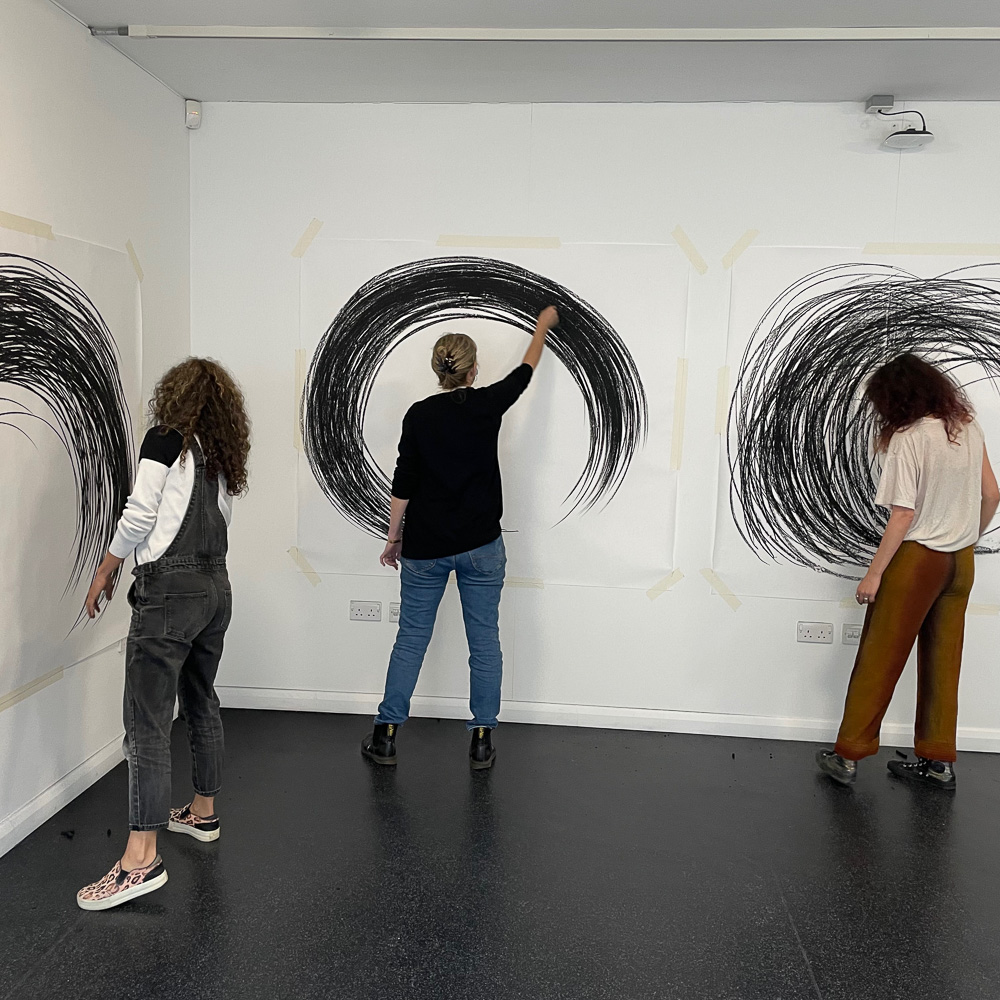
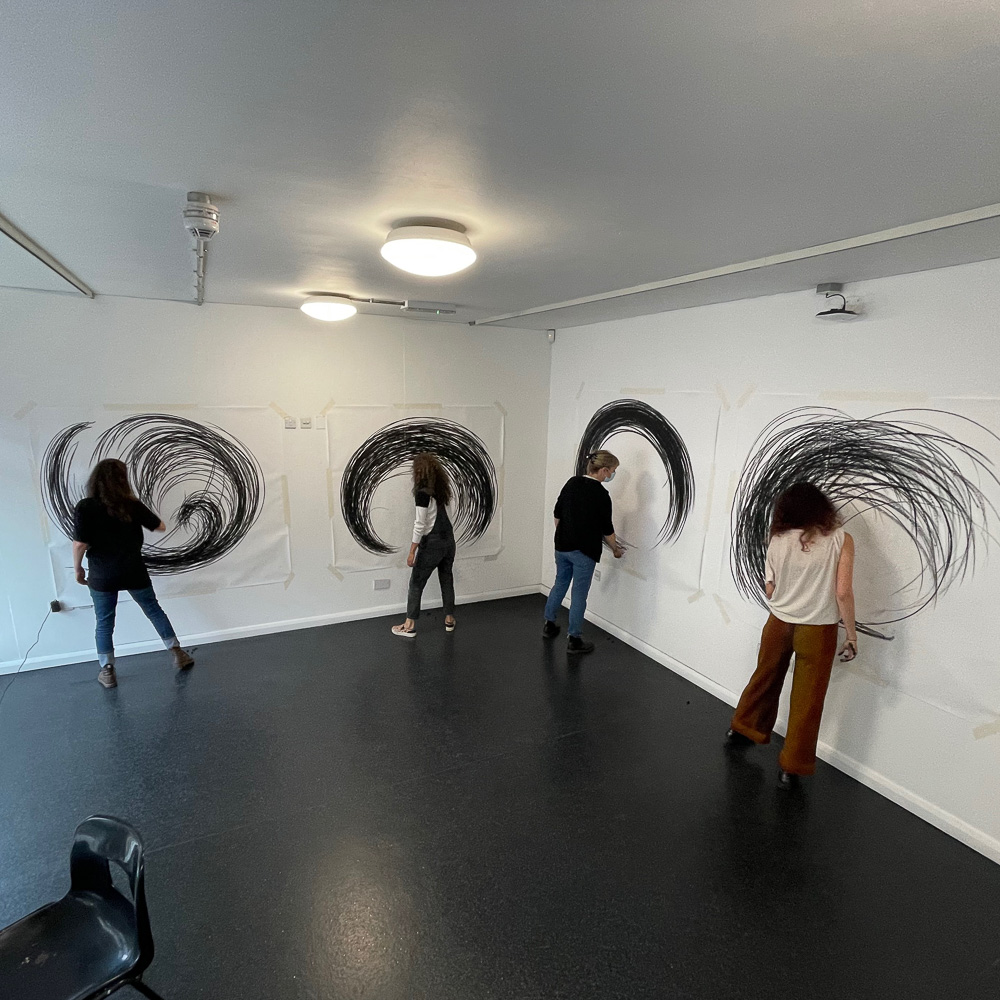
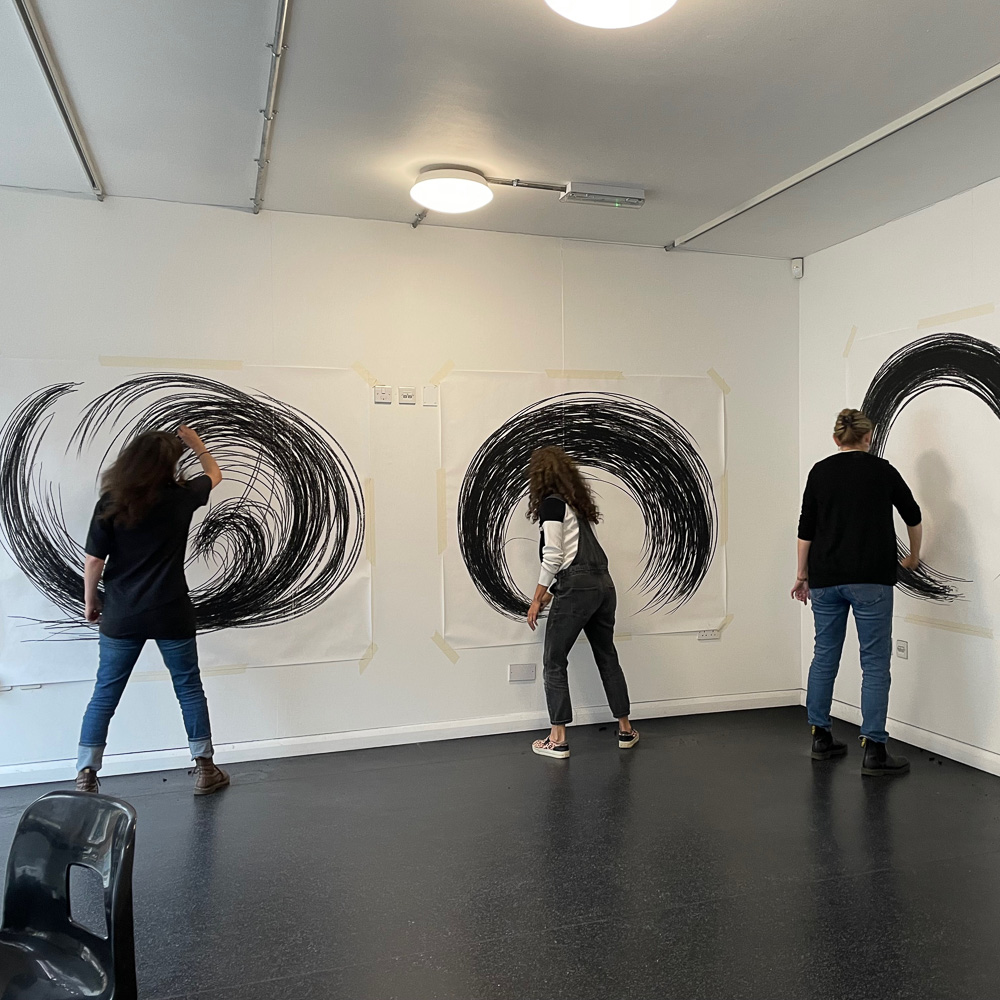
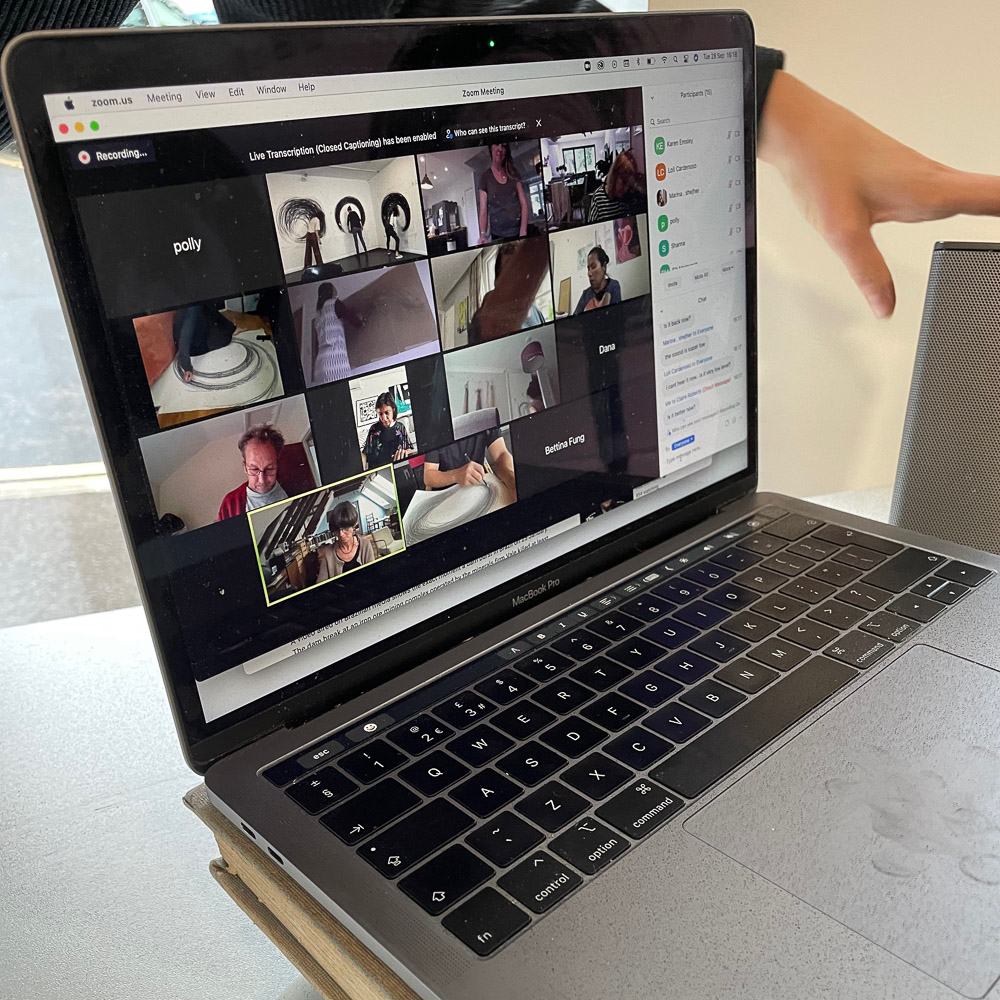
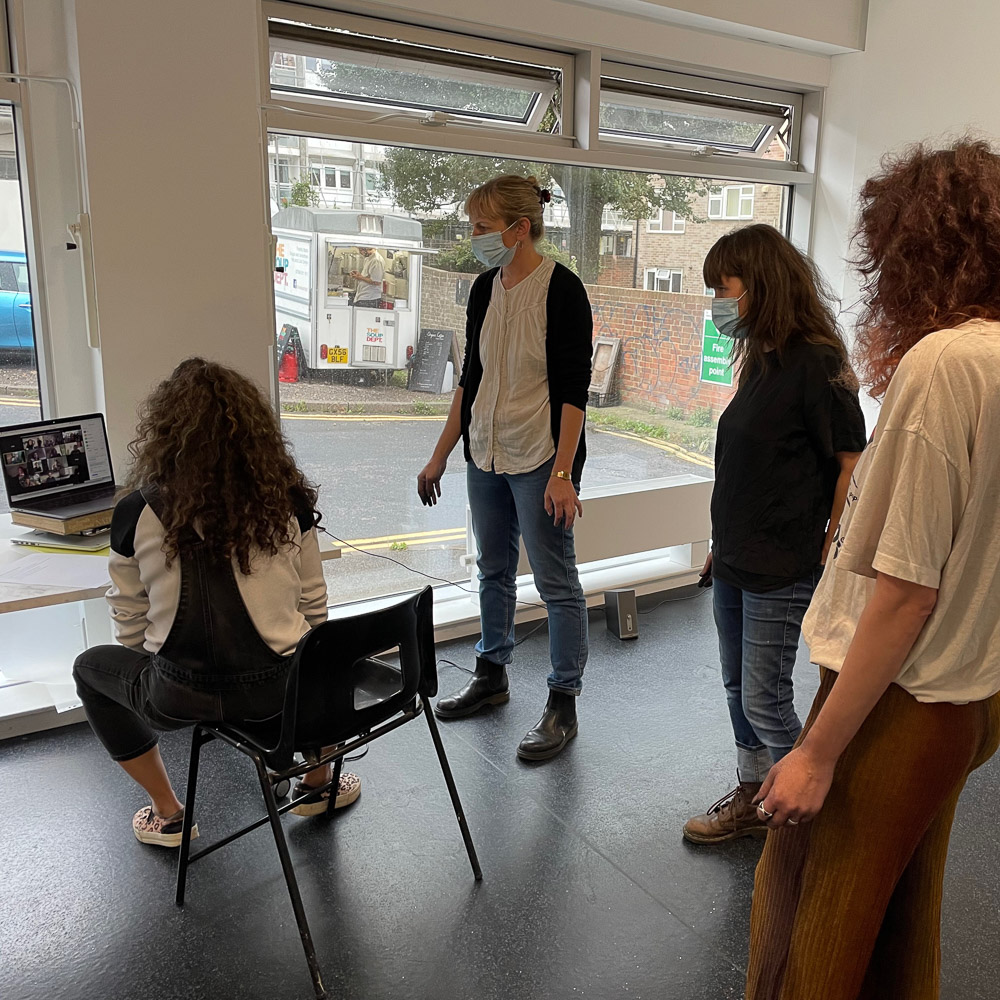
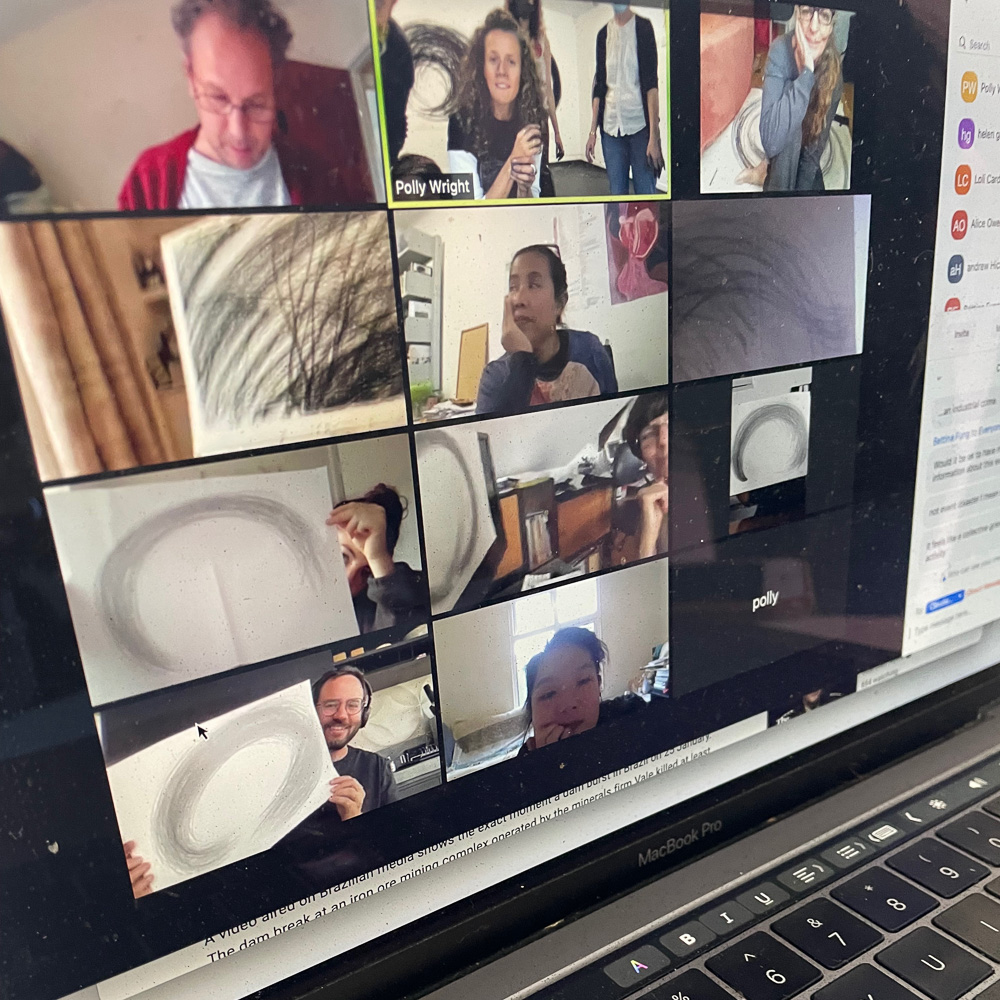
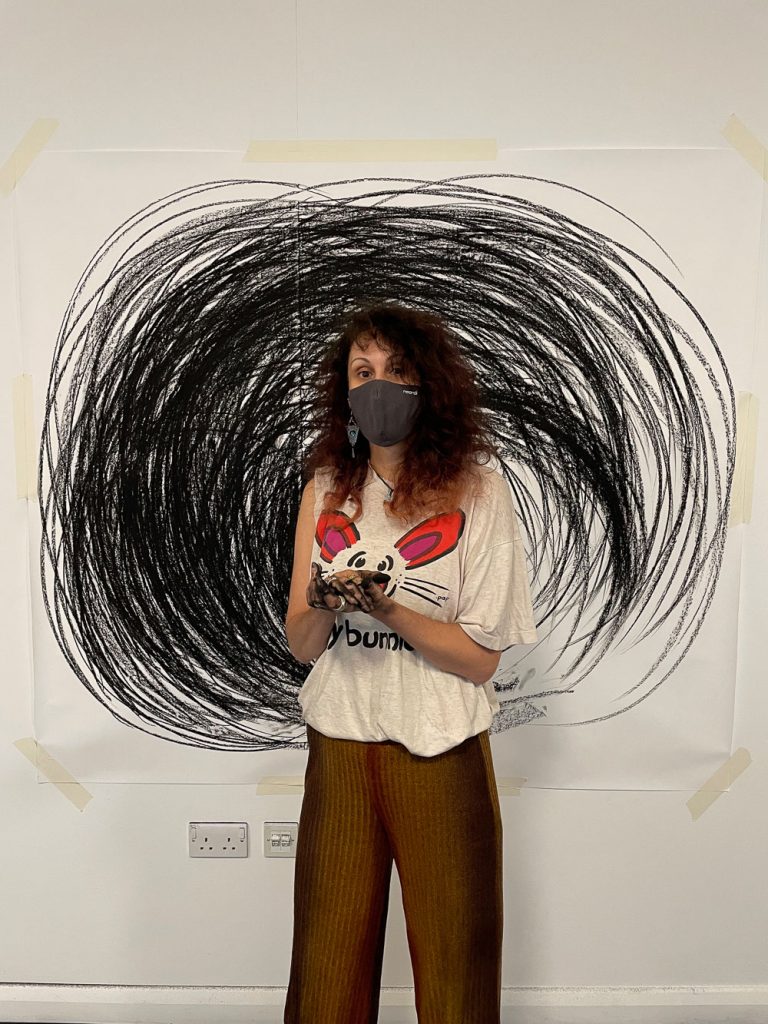
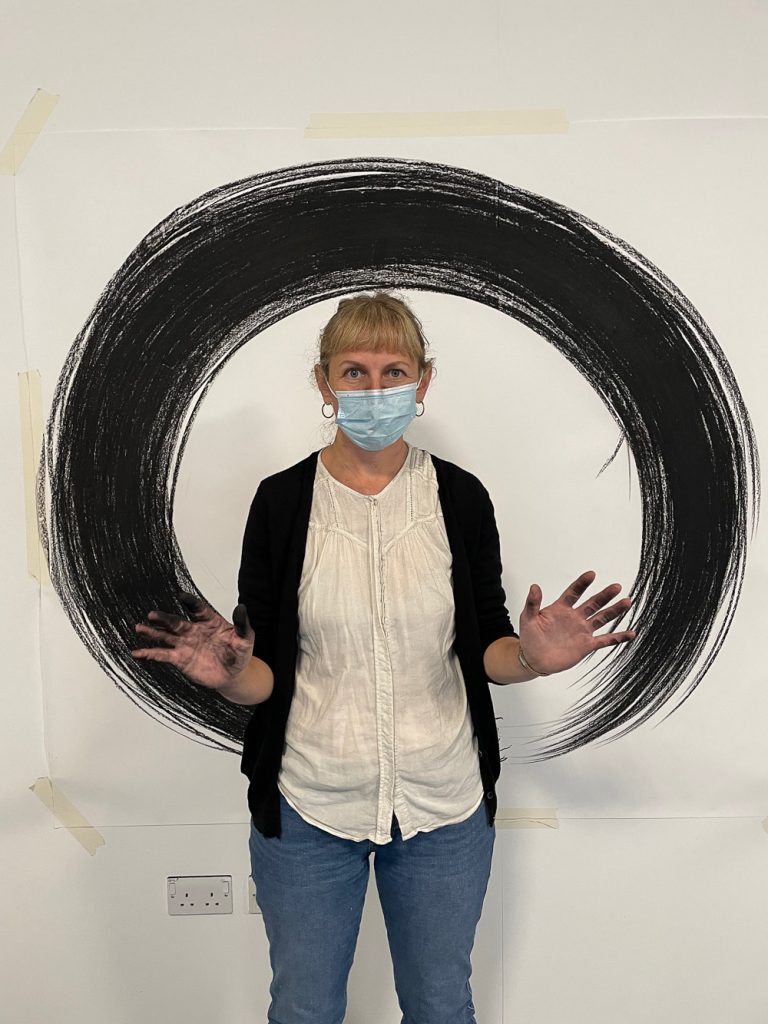
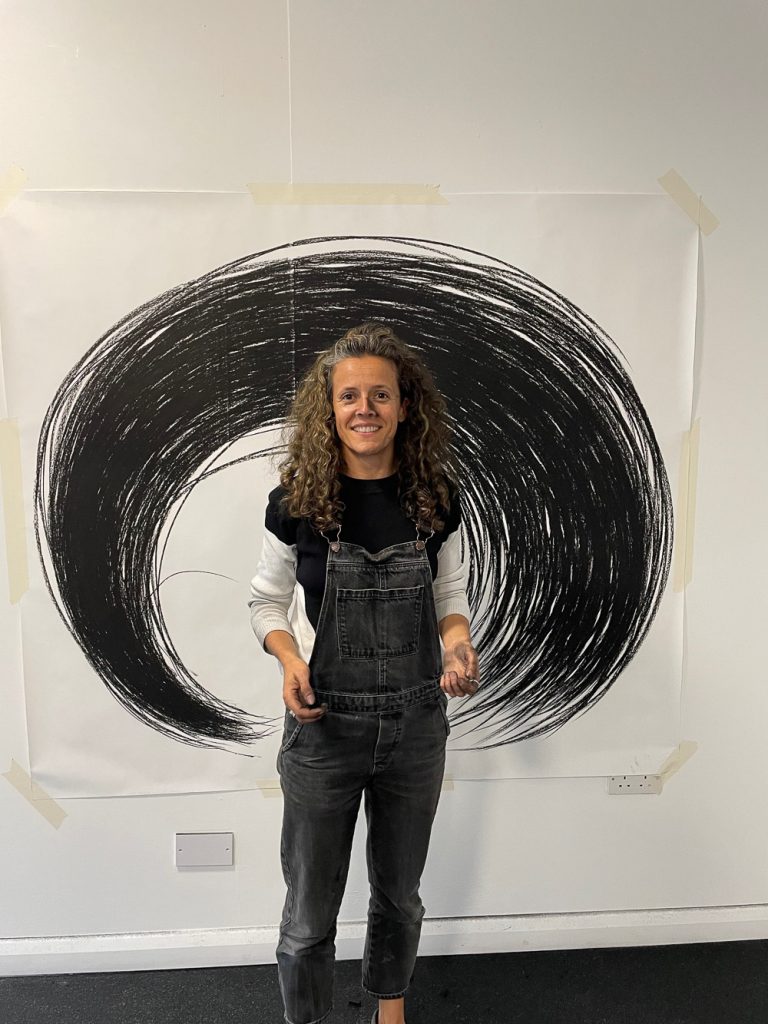
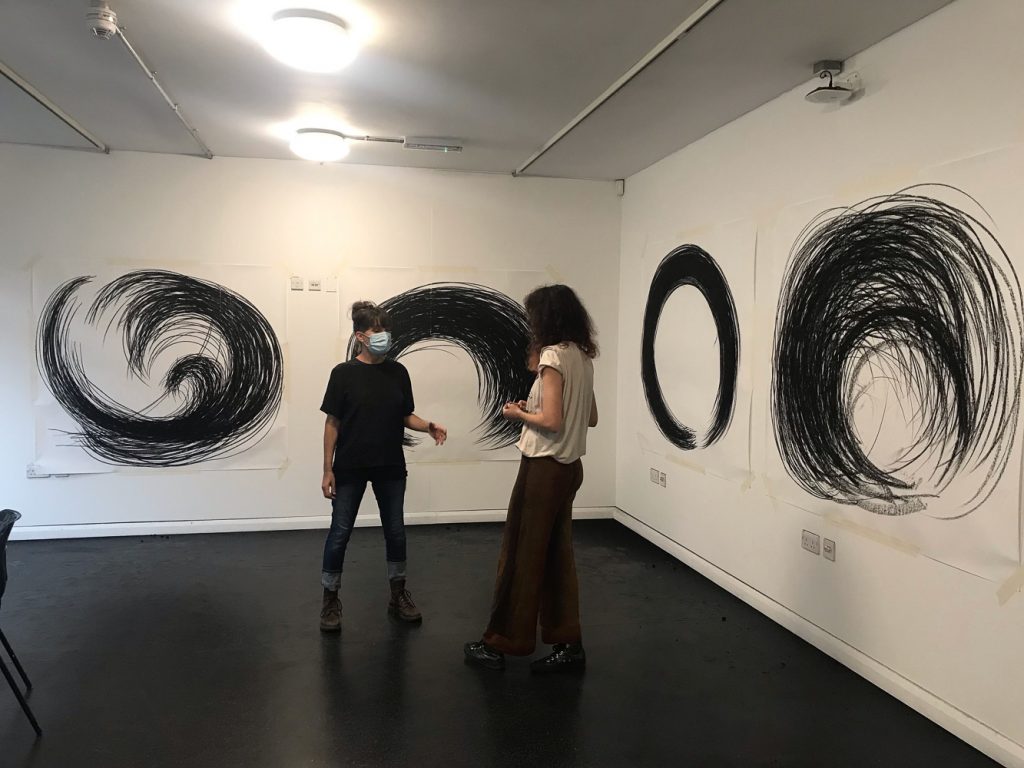
Notes from the Sessions
“When you’re watching something happening on TV you just see a snapshot and you think, Oh, that’s so fast. And then when you’re doing it, and you’re in this mode of remembering, and you’re physically active, it really slows down. And it really contrasts with that kind of consumption of media of something happening quickly.”
“I feel angry actually. I feel quite angry and quite sad at the same time.”
“It was really profound.”
“I went through waves of feelings…”
“I’m intrigued how much this evening, online, we became a community and we somehow connected with this figure of 272 people. That’s beautiful. I think rituals have this quality of not just including us in something larger but becoming part of something.”
“Collective grieving”
“God knows who we are, when we feel angry or not angry or sad or desperate or whatever, you know, but being part of a wave that can carry on these emotions is very different to being sitting by oneself and having an emotion alone”
“…it made me think of tsunamis. So it wasn’t just the disaster there but the disasters all over the world that are happening continuously and how we become desensitized from it all.”
“This can relate to so many disasters. This wave is a wave that happens in so many places in the world. They’re not alone because sometimes people in these areas they feel that they’re totally alone. There is a sense of grieving together.
“It was just like a meditation session”
